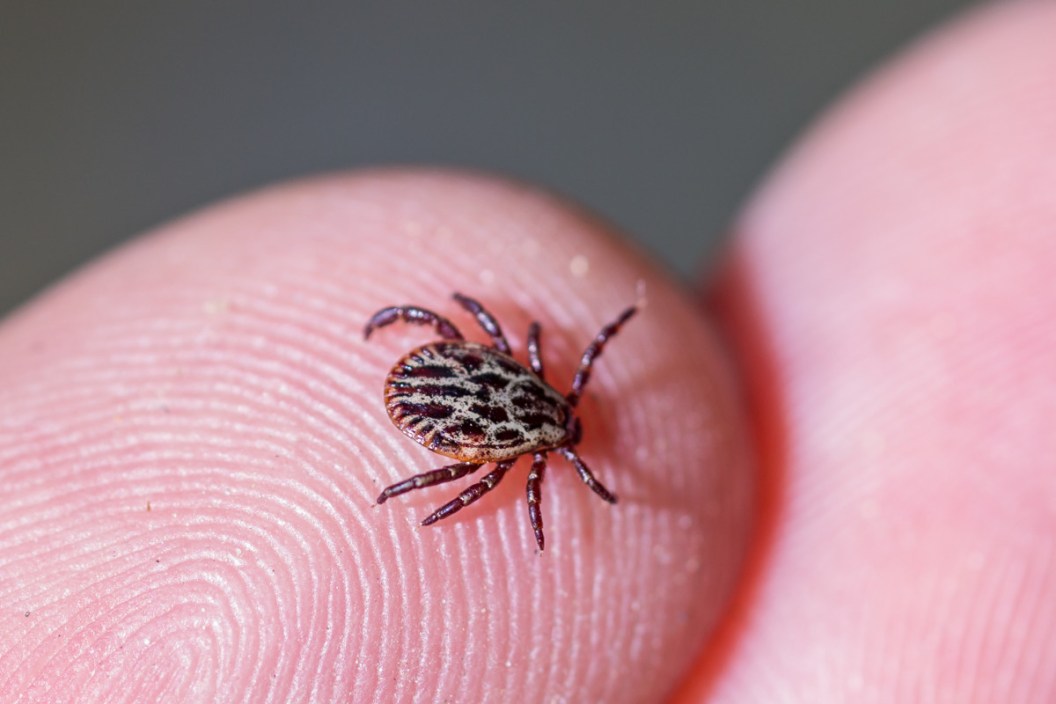Let's look at the different types of ticks in America and the trouble that they cause.
Let's begin by throwing a few big vocabulary words at you: babesiosis, ehrlichiosis, tularemia, Powasson, and anaplasmosis. Anything in that bunch sound at all non-threatening? We didn't think so, but those are just a few of the threats to human health posed by these pests. Sometimes the most dangerous creatures are also some of the smallest.
According to the LymeDisease.org, "There are two families of ticks found in the United States: Ixodidae (hard ticks) and Argasidae (soft ticks). Of the 700 species of hard ticks and 200 species of soft ticks found throughout the world, only a few are known to bite and transmit disease to humans."
That's still not very reassuring. As I've been catching up on my tick identification to brush up on the species that don't generally exist in the part of the country where I live, one thing comes right to mind: this is a horror show. Many people mistakenly identify these creatures as insects. However, these little beasts belong to the arachnid family and are more closely related to spiders, scorpions, and mites.
Regardless of their family tree, virtually every single one of the buggers can transmit some kind of illness to its host, even our hunting dogs! And did you know that it has been reported that a bite from the Lone Star tick can cause allergic reactions to eating red meat? It's true, and the a nightmare scenario for anyone who loves to hunt or fish. If you haven't before, it's certainly past time to take this issue seriously. Here's what they are, what they look like, and a peek at the problems ticks can cause for human health.
Here are nine important ticks to know about, what they look like, and a peek at the problems they cause. We looked to various sources for most of this info, but the Centers for Disease Control and Prevention is the primary authority.
Blacklegged Tick

Getty Images: Ladislav Kubes
Known more "affectionately" as the deer tick, the blacklegged tick has expanded its distribution in all directions and is now found throughout the eastern U.S., large areas in the Midwest, and even down south. The Northeast and Upper Midwest being the regions hardest hit by these blood sucking creatures.
Adult ticks will search for a host at any time when temperatures rise above freezing, including winter. The Blacklegged tick is well known to transmit the bacterium Borrelia burgdorferi, which causes Lyme disease. They can also carry anaplasmosis, babesiosis, and Powassan virus.
Brown Dog Tick
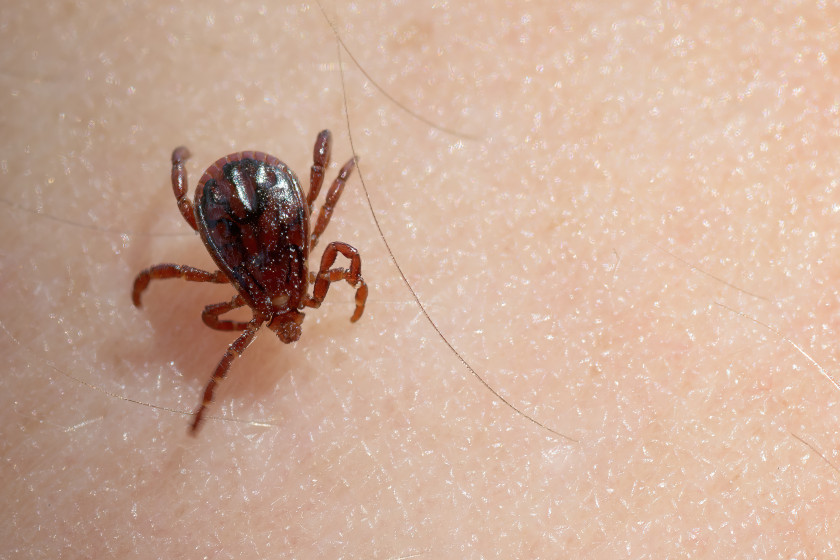
Getty Images: RobertAx
The brown dog tick has a reddish brown color with a narrower shape compared to the other tick species. It's known for spreading Q fever, Rocky Mountain spotted fever and more to both humans and canines. You'll want to check your beloved pets closely for this one.
This brand of tick is listed as being found worldwide and while its primary target is certainly dogs, it will still attach itself to humans and other animals. In fact, the brown dog tick is usually found residing in nature, but it can live out its entire life cycle in dog kennels an be completely at home indoors.
American Dog Tick
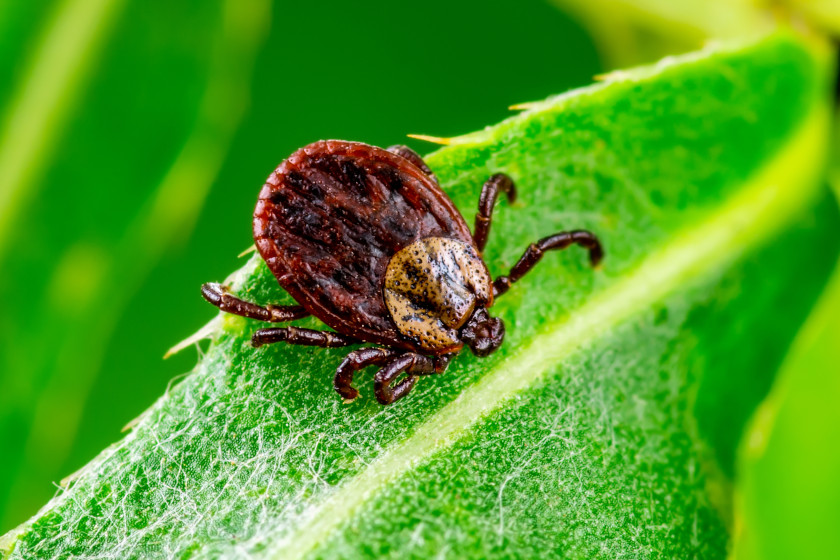
Getty Images: nechaev-kon
Not to be confused with the brown dog tick, the American dog tick has a fairly wide distribution east of the Rocky Mountain range, the Gulf Coast as well as the Pacific Coast, and all the way into Canada and parts of Alaska.
Adult female American dog ticks pose the greatest risk to bite humans during the spring and summer months. They can transmit a variety of the aforementioned diseases, especially Rocky Mountain Spotted Fever.
Lone Star Tick
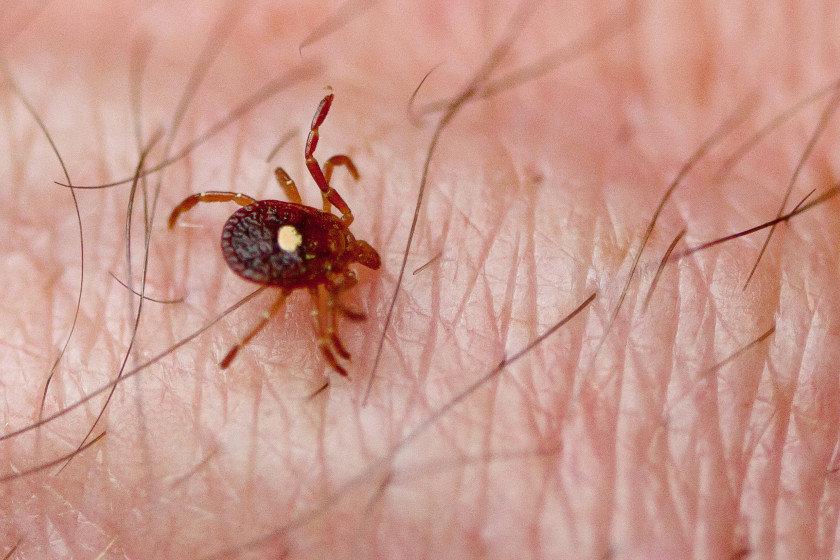
Getty Images: epantha
This is the creature that is becoming more and more widely known as making people allergic to red meat due to spreading what's known as Alpha-gal syndrome. It only affects around one percent of the population, but it can be life-altering for those who contract it. The adult female Lone Star tick is distinguished by a white dot or "lone star" on her back and is known as maybe the most aggressive tick there is when it comes to biting human beings.
It is said to be widely distributed throughout the Eastern U.S. but is most prevalent in the South.
Groundhog Tick
Also called woodchuck ticks, this particular variety likes to feed on the mainly ground dwelling animals like groundhogs, skunks, squirrels, raccoons, foxes, and weasels. Although it bears mentioning they are not picky and will feed on people too. This tick is the primary transmitter of Powassan Virus Disease which usually progresses to meningo encephalitis and may include seizures and an altered mental state.
In the United States, the groundhog tick lives mainly throughout the eastern and northeastern half of the nation. However, cases of the disease have been reported in the Great Lakes region.
Pacific Coast Tick
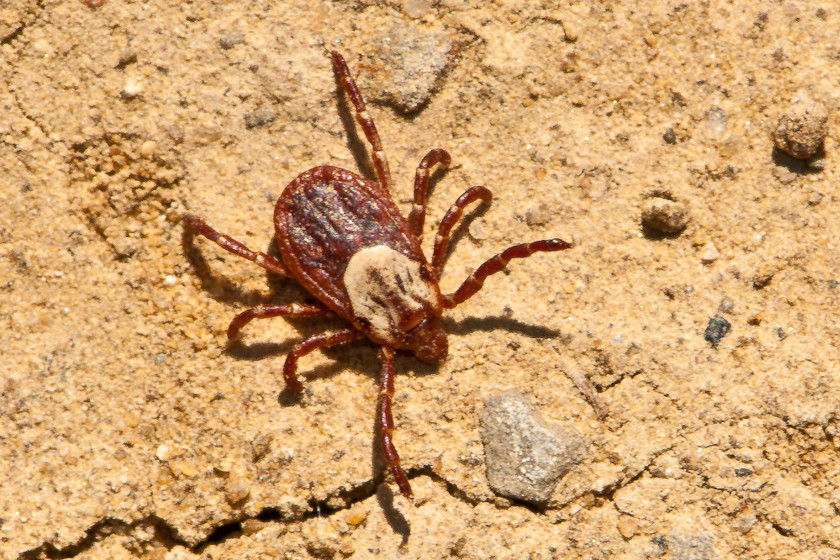
Wikimedia Commons: Jerry Kirkhart
The Pacific coast tick is most common in the Southwestern United States. It has a broad range from Baja Mexico into Oregon. Pacific Coast ticks are the most prevalent tick found throughout California and have a speckled brownish-black color.
One interesting factor about this tick is that it causes a wound that is commonly mistaken for other biting insects and spiders.
Rocky Mountain Wood Tick
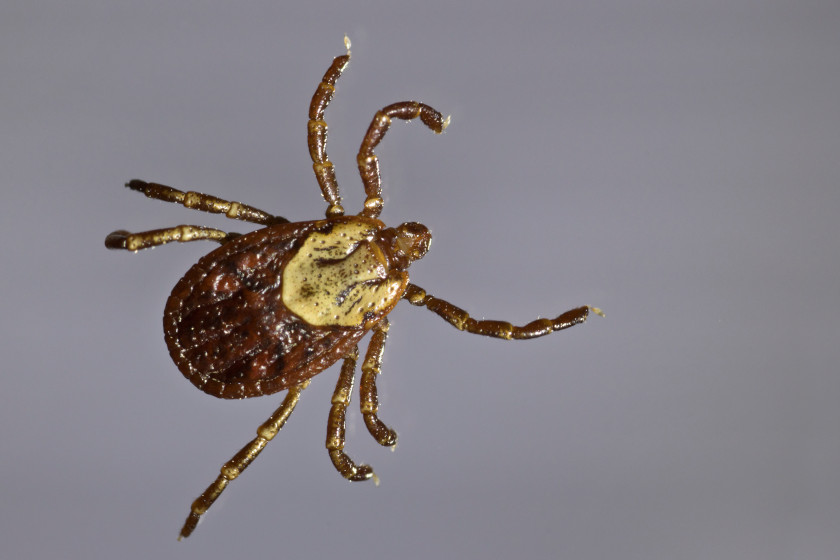
Getty Images: milehightraveler
The saliva of the Rocky Mountain wood tick contains a neurotoxin that can sometimes cause tick paralysis in humans and pets. In somewhat of a reversal, these ticks are active from January straight through to November, but their activity diminishes during the hot and dry mid-summer period.
In fact, the Rocky Mountain wood tick is generally restricted in its distribution to higher elevations above 4,000 feet.
Soft Tick

Wikimedia Commons: Centers for Disease Control and Prevention
This species has a slightly different appearance. One that may make some people mistake it for a mite. However, the soft tick is just another species. The soft tick is described as emerging at night to feed briefly while on people while they are sleeping.
Found throughout the western half of the United States, including Texas, the soft tick is a visitor to cabins, shanties, huts and other outdoor related dwellings. The odds of encountering it go up in dwellings that have been known to have rodent infestations.
Western Blacklegged Tick
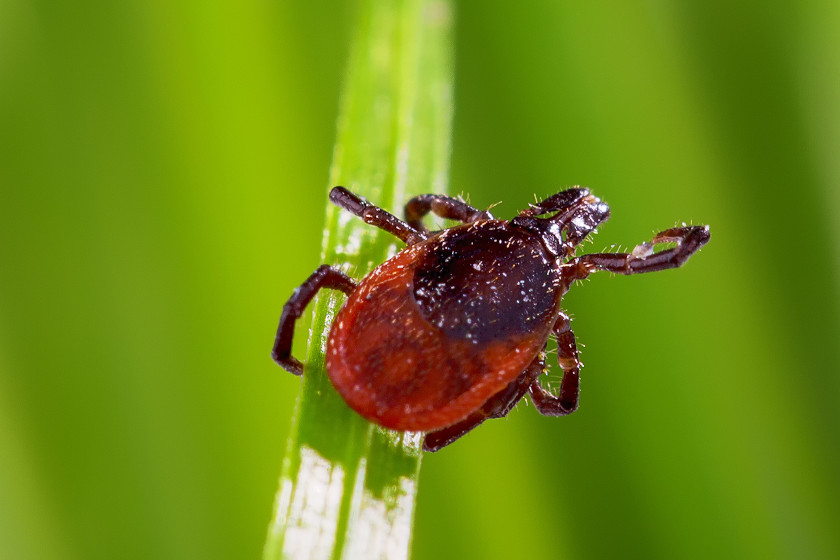
Getty Images: Dieter Meyrl
Squirrels, lizards, mice, voles, foxes, coyotes, deer and anything else that it can attach itself to are natural targets for these ticks. However, they will jump onto humans given the chance. It is most prevalent in California, but it is also found in Oregon, Washington, Arizona, Nevada and Utah.
As the LDO says: "This tick transmits Lyme disease, Borrelia miyamotoi disease (a relapsing fever Borreliosis), babesiosis, ehrlichiosis, and human granulocytic anaplasmosis (HGA). It also is suspected of transmitting Bartonella to humans."
It is well known in California to her many Lyme-endemic counties.
Tick Bite Prevention
The Centers for Disease Control (CDC) remind us that ticks cannot jump or fly, but instead crawl to the top of tall grasses and brush to await a possible host. When this happens, they are generally so small and the bite is so undetectable that you may never know that you were bitten until you visibly see signs of a bite.
While there are quite a few varied repellent ingredients that can be used to prevent ticks from biting or even from trying to attach themselves to us including picaridin, oil of lemon eucalyptus, para-menthane-diol, or 2-undecanone, the most fierce has always been any product containing DEET.
It's also possible to treat hunting clothes and outdoor gear such as boots, pants, socks and tents with products containing small amounts of permethrin. In the event of a tick getting a hold of you, the CDC still recommends that you use a very fine pointed pair of tweezers to grip the tick as near to its head (and the surface of your skin) as you can. Pull the tick out steadily, without jerking or twisting it.
Preventing tick-borne diseases is more a matter of keeping them off of us in the first place so knowing these techniques and measures are the best bet, not someone's bad idea of removing one later.
Final Thoughts
Since we as outdoorsmen and women are continually treading in wooded areas, walking through the brush, and especially the high grass, common ticks will continue to see us as what we are- large mammals that can afford them a blood meal.
The bottom line is probably the same as Covid-19 exposure: it's not a matter of if we will get a tick stuck on us, but when. Since we spring turkey hunt, take part in the early bowhunting seasons across the country, and love to hike, camp, and fish near areas where these creatures live, our best bet is prevention.
Due to a multitude of environmental and human factors over the past 20 years leading to a population explosion of ticks throughout North America, it has created a near perfect way for these obnoxious little buggers to not only survive, but thrive.
And you and I are on the menu. Taking proper precautions can help you avoid any nasty, unwanted encounters or illnesses though. It's just common sense if you're going to spend any amount of time in the outdoors.
Looking for a little more or even hot lunch for your hunting blind? Follow my webpage, or on Facebook and YouTube.
NEXT: HOW TO AVOID TICKS AND THE APPARENT APOCALYPSE THEY'RE BRINGING FORTH
